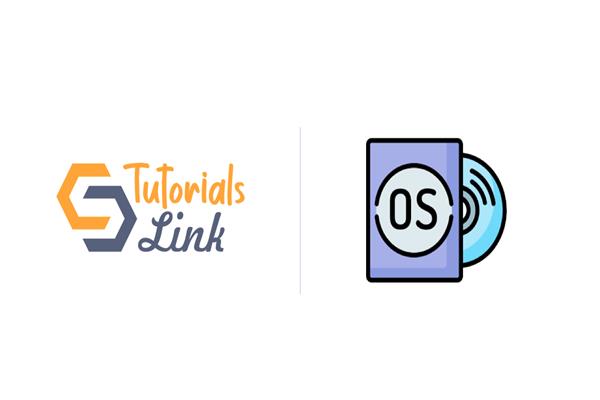Overview Of Operating System
Operating System:-
An Operating system is an integrated set of program that controls the resources (CPU, Memory, I/O Devices etc.) of a computer system.
In another words, it is an intermediary between users & computer hardware. It provides us an environment in which a user can execute program conveniently & eefficiently.
Objective of Operating System:-
- Making a computer system convenient to use.
- Managing the resources of the computer system.
Function of Operating System
(i) MEMORY MANAGEMENT:-It takes care of allocation & deallocation of memory space to the various program in need of this resources.keep track of primary memory like which part of it are in use by whom & which part is not in use. In multiprogramming, OS decides which process will get memory & how much. Allocates the memory to a process. Deallocates memory when processor is no longer.
(ii) PROCESSOR OR PROCESS MANAGEMENT:-In multiprogramming environment OS decides which process gets the processor when & how much time. The function is called process scheduling. Keep track of processor & status of process. Allocates the processor (CPU) to a process. Deallocates processor when processor is no longer required.
(iii) DEVICE MANAGEMENT:- OS manages device communication via there respective drivers. Keep tracks of all devices & decides which process gets the device when & for how much time. Allocates the device in efficient way. Deallocates devices.
(iv) FILE MANAGEMENT:- A file system is normally organized into directories for easy navigation & usage. These directories may contain files & other directories. Keep track of information, location, uses, status etc. The collective facilities are known as file system. Decides who gets the resources. Allocates the resources. Deallocates the resources.
Some other activities are:-
(v) SECURITY:- By means of password & similar other technique preventing unauthorized access to program & data.
(vi) CONTROL OVER SYSTEM PERFORMANCE:- Recording delays between request for a service & response from the system.
(vii) JOB ACCOUNTING:- Keeping track of time & resources used by various jobs & user.
(viii) ERROR DETECTING AIDS:- Production of dumps traces, error manages & other debugging & error detecting aids.
(ix) CO-ORDINATION BETWEEN OTHER SOFTWARE & USERS:- Co-ordination & assignment of compiler, interpreters, assembler & other software to the various users of the computer system.





